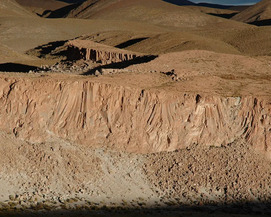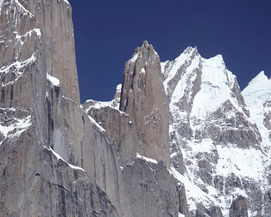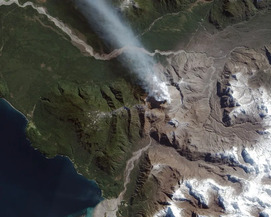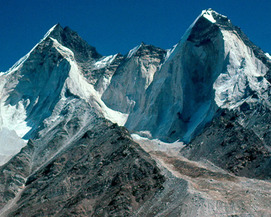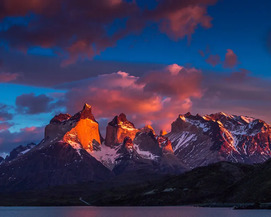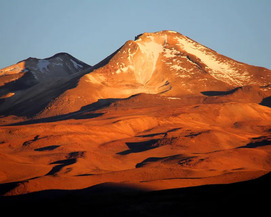
Enigmatic Relationship Between Slicic Volcanic and Plutonic Rocks
Craig C. Lundstrom and Allen F. Glazner – Guest Editors
Table of Contents
The relationship between silicic volcanic and plutonic rocks has long puzzled geologists. Do granites and rhyolites share a common origin or are they derived from completely different processes? This issue explores the rich set of observations from petrology, geochronology, thermal modeling, geophysical techniques, and geochemistry used to study the silicic volcanic-plutonic relationship. Finding a consistent explanation for the silicic volcanic–plutonic relationship bears on important Earth science questions, including, “How is silicic continental crust formed?” and, “Can we predict supereruptions?”
Australian Scientific Instruments (ASI)
Cameca
Excalibur Mineral Corporation
Geochemist’s Workbench
Geological Society of London
IsotopX
Periodico di Mineralogia
ProtoXRD
Rigaku
Savillex
Selfrag
- Earth Sciences for Cultural Heritage (February 2016)
- Enigmatic Relationship Between Silicic Plutonic and Volcanic Rocks (April 2016)
- Cosmic Dust (June 2016)
- Geologic Disposal of Radioactive Waste (August 2016)
- Studying the Earth using LA-ICPMS (October 2016)
- Origins of Life: Transition from Geochemistry to Bio(geo)chemistry (December 2016)
Download 2016 Thematic Preview



